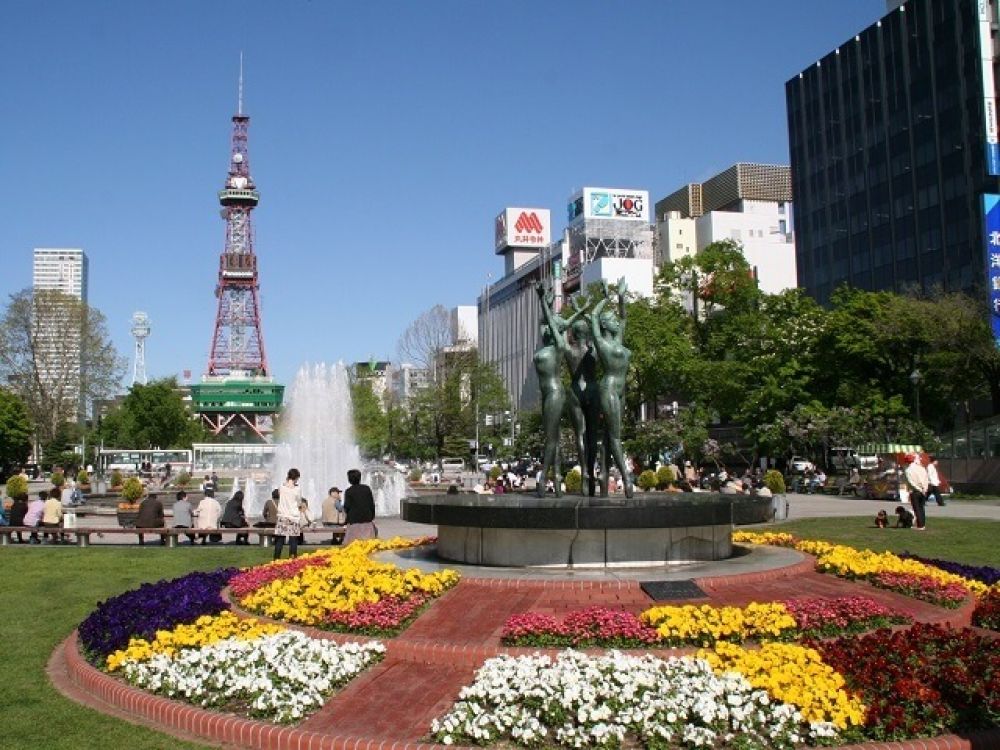

Odori Park (大通公園, Ōdōri Kōen), the green belt that slices through the heart of Sapporo, has been a central feature of the city's urban landscape and a magnet for tourists for over a century. The park was originally conceived in 1871 as a firebreak, a clear space to prevent the spread of fires between the northern and southern parts of the city. However, its role quickly expanded beyond safety, becoming a recreational area as well.
In the late 19th and early 20th centuries, the park gained popularity among the residents for the military parades and exercises that took place on the grounds. In 1905, it transformed into a park under the design of city gardener Nagaoka Yasuhei, whose work included the planting of lilac trees, which remain a symbol of the park to this day.
The real boost in tourism came in 1950 with the inauguration of the Sapporo Snow Festival. Initially starting with six snow statues made by local high school students, the festival now attracts more than two million tourists each year to Odori Park. This internationally recognized event has played a vital role in putting Sapporo on the map for global travelers.
Over the years, Odori Park has continued to evolve, adding features like the Sapporo TV Tower at its eastern end in 1957, which provides panoramic views of the park and surrounding city. In 2005, the park's 100th anniversary, the Odori 100 Square was established as a year-round event space. The park's prominence as a tourist destination also led to the development of nearby facilities, including shops, restaurants, and entertainment venues that cater to the diverse needs of international and domestic visitors.
Recently, Odori Park has adapted to cater to a changing tourism climate. With space for open-air relaxation and events, it has become increasingly attractive in the era of social distancing. Additionally, interactive experiences such as lighting displays during the Christmas market and digital art installations have become prevalent, drawing younger audiences keen on immersive experiences.
In the summer, the park hosts a variety of beer gardens serving local and international brews, which have become a favorite among tourists. Furthermore, eco-tourism trends are reflected in the city's maintenance of the park, with sustainable practices being used for its upkeep to ensure that the park remains a green haven amid urban development.
Moreover, cultural tourism is bolstered by various events held in the park throughout the year, from the Sapporo Lilac Festival in May to the Autumn Fest celebrating Hokkaido's culinary delights. These events, aligned with the growing interest in Japanese culture and cuisine, keep the park relevant and exciting for both new and returning visitors.
As a symbol of Sapporo's history and its continuing modernization, Odori Park remains an essential stop for any traveler to the city, offering a mix of culture, history, and natural beauty that characterizes the allure of this Japanese metropolis.